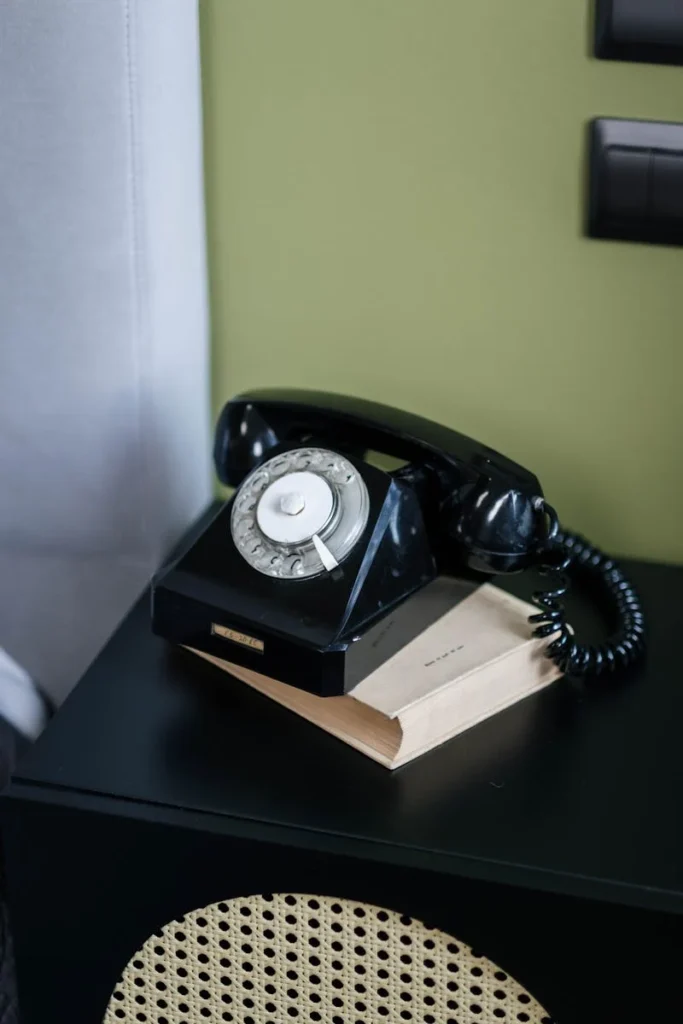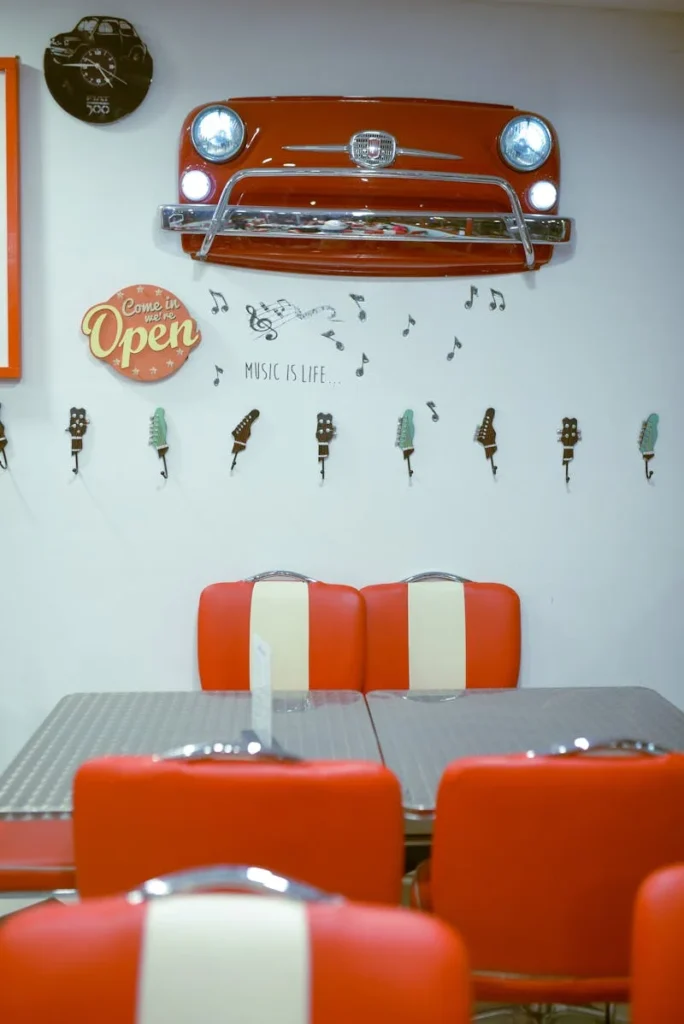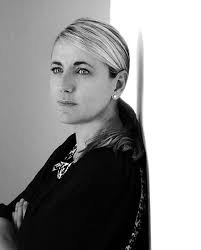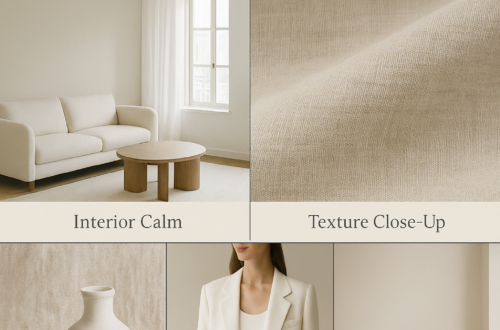
In the world of interior design, trends ebb and flow like waves. Some styles, like minimalism or modernism, focus on sleek lines and simplicity. But in recent years, there’s been a resurgence of a much more whimsical, bold, and unapologetically playful style: kitsch. What was once dismissed as gaudy or overly sentimental is now making a statement in homes around the world, and it’s changing the way we think about decor.
What is Kitsch Design?
Kitsch in interior design is all about embracing the quirky, the colorful, and sometimes the absurd. It’s a celebration of mass-produced items, vintage aesthetics, and an eclectic mix of styles, patterns, and objects. Kitsch draws heavily from pop culture, nostalgia, and irony, often blurring the lines between “good” and “bad” taste.
Unlike more traditional design trends, kitsch encourages a sense of humor and playfulness. It’s not about perfection, but rather about creating a space that feels fun, lively, and brimming with personality.
Key Elements of Kitsch in Interior Design
1. Bold Colors and Patterns
One of the hallmarks of kitsch design is the fearless use of bright, bold colors and clashing patterns. Think neon pinks, electric blues, and sunny yellows, often paired together in ways that might seem jarring in other styles. Wallpaper with eccentric, even cartoonish, patterns is a key feature, with animal prints, floral motifs, and polka dots being common choices.

2. Pop Culture References
From vintage posters of 1950s movie stars to replicas of Andy Warhol’s soup cans, kitsch embraces pop culture. These items often hold nostalgic value, but they’re also used ironically, playing with the notion of high and low art. Memorabilia from different decades—whether it’s retro vinyl records, kitschy diner signs, or vintage toys—can become conversation pieces in a kitsch-inspired home.
3. Eclectic Mix of Furniture
In a kitsch interior, matching furniture is a rarity. Instead, you’ll find a mix of old and new, vintage and modern. A velvet-covered chaise lounge may sit next to a plastic, neon-colored chair. The goal is to create a playful contrast, where different pieces come together in unexpected ways, challenging conventional design rules.
4. Sentimentality and Souvenirs
Kitsch isn’t afraid to be sentimental. Items that would be considered tacky in other contexts, like figurines, snow globes, and tourist trinkets, find a home in kitsch interiors. These objects are often displayed proudly, invoking a sense of nostalgia and charm. The key is to embrace their kitschy nature and allow them to become part of the overall story your home tells.
5. Over-the-Top Decorations
When it comes to decor, more is more in a kitsch interior. Oversized lamps, garish chandeliers, and walls adorned with an abundance of art and collectibles all contribute to the maximalist feel. Where other styles might shy away from excess, kitsch embraces it, celebrating the beauty of clutter and chaos.

Why Kitsch Design is Trending
With the rise of minimalism in recent years, it’s no surprise that kitsch has gained popularity as its colorful and chaotic counterpoint. Many are finding minimalism too sterile or impersonal, and kitsch offers the perfect antidote—design that’s filled with life, humor, and individual personality.
The trend towards nostalgia also plays a significant role. In an increasingly digital and fast-paced world, people are looking for comfort in the familiar and the retro. Kitsch allows homeowners to create spaces filled with memories and cultural references that speak to them personally.
Moreover, the DIY aspect of kitsch appeals to a generation that values customization. Vintage shops, flea markets, and online platforms like Etsy are treasure troves for finding one-of-a-kind pieces that help curate a truly unique interior.
How to Incorporate Kitsch Design Elements into Your Home
If you’re intrigued by the kitsch trend but unsure of where to start, here are a few tips to get you going:
• Start Small: Begin by introducing kitsch elements through accessories—throw pillows with funky patterns, vintage posters, or quirky lamps. This lets you dip your toes into the style without overwhelming your space.
Mix and Match: Don’t be afraid to combine different styles, eras, and patterns. Kitsch is all about embracing contrasts, so feel free to pair a retro velvet couch with a modern coffee table or an antique mirror with pop art prints.
• Go for Color: Bright, clashing colors are key to the kitsch look. Experiment with a statement wall in a bold hue or opt for colorful accessories like rugs, lamps, or vases.
• Add Nostalgic or Sentimental Pieces: Display your favorite collectibles, whether it’s retro vinyl records, 1970s movie posters, or vintage trinkets. The more personal, the better.
• Have Fun with It: The best part of the kitsch trend is its playful, carefree nature. Don’t take it too seriously—have fun with your choices, and create a space that makes you smile.

In conclusion:
Kitsch is a trend that’s all about expression, personality, and a bit of whimsy. It’s a reaction to the more restrained design styles we’ve seen in recent years, offering a space where you can experiment with colors, patterns, and objects that bring you joy. Whether you embrace it in full force or just dabble in some kitschy accessories, this trend is perfect for anyone looking to add a bit of fun and nostalgia to their home.
So, why not dive into the kitsch trend and create a home that’s as unique and vibrant as you are?



